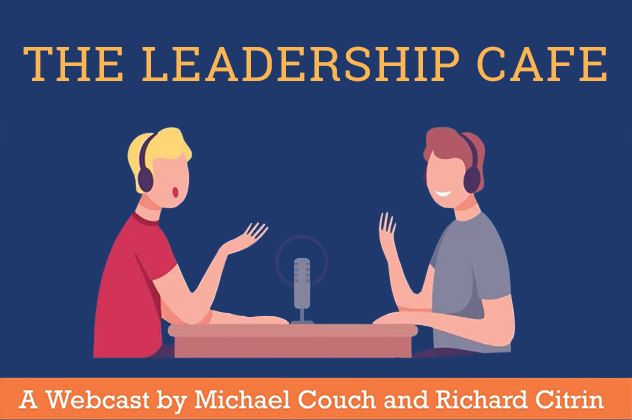 Unfortunately, this is one area where computers have us beaten hands down. Research over the past 20 years have clearly shown that we humans are not very good at multi-tasking. Among the finding are that when people multi-task:
Unfortunately, this is one area where computers have us beaten hands down. Research over the past 20 years have clearly shown that we humans are not very good at multi-tasking. Among the finding are that when people multi-task:
- Error rates increase. Research on drivers who are distracted indicate that over 20% or all crashes are due to distracted driving
- Time for completion takes longer
- Prioritization as to what is most important may be lost
- Retention decreases
- People will tend to skim information rather than be comprehensive in their review.
- Face it: You are not going to be very effective if you multi-task. if you are prepared to be an 70% performer on tasks that are not that important, then it may be okay. If the responsibilities are important, quit checking your email every five minutes
- Put the distractions down: I have coaching client who only had to hear once that his team felt he was being disrespectful when he checked his email in meetings. He decided right then and there that he would leave his Blackberry in his office when he went off to see his team. It was a difficult adjustment for him but he now says that the rewards for his own and his team’s effectiveness easily outweigh being in constant contact
- See how effective you can be: Okay, if you want to multi-task, try doing it in small ways and see what the results are for your effort. For example, try an experiment where you check email as you normally do. Perhaps that is every half-hour, hour or perhaps every five minutes. Change that pattern to three times a day and let people know you are changing this through an auto-response (so they can call you if there is an emergency. At the end of the week, see how much work you’ve gotten done.
- Learn to pay attention: All of this discussion is about how well we pay attention to what we are doing. Its about focus and concentration. So think back to times in your life when you were very focused; perhaps in a school or work project, family emergency or when you had a great success. Remember what that moment felt like and attempt to apply that same quality to the task
- Do nothing: I guess I really suspect that multi-tasking is here to stay and like other myths such as “someone else has the answers” or “I don’t need to sleep” or “this time the global economic situation is different” we all may know the truth but choose not to act on it. That okay too. I know for sure that I’ll be putting my phone down while driving. No need to risk body and soul for that email!
